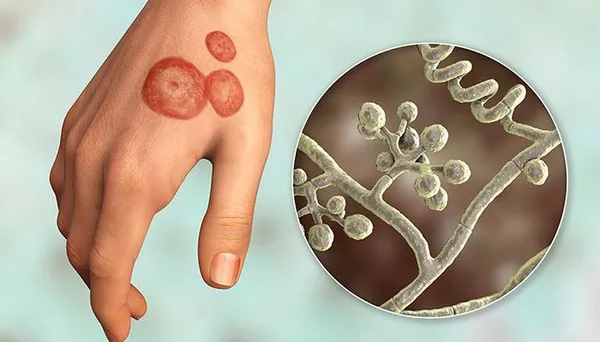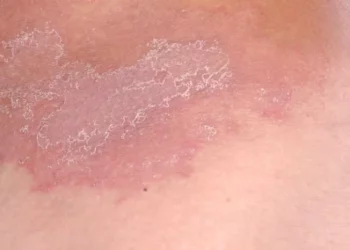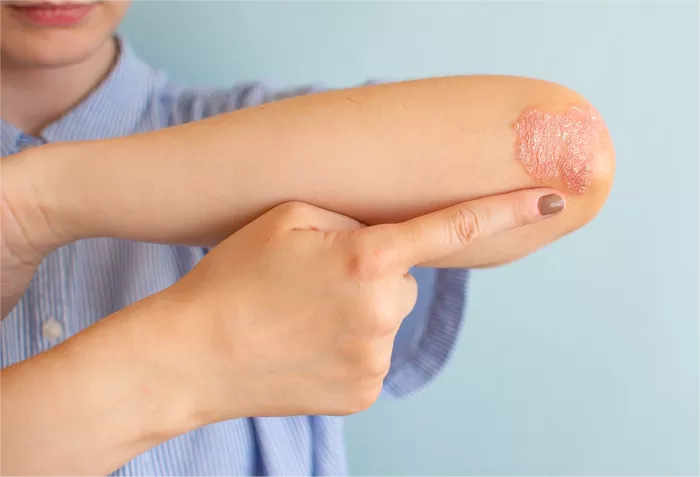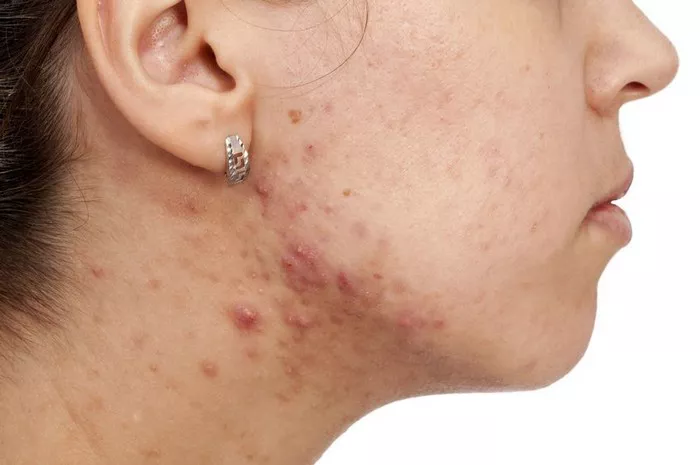Ringworm, despite its misleading name, is not caused by a worm but rather by a fungal infection that affects the skin, scalp, or nails. The discomfort associated with ringworm can vary from mild itching to more severe pain and inflammation. Understanding why ringworm can be painful requires delving into the nature of the infection, how it affects the body, and why certain symptoms manifest.
Understanding Ringworm
To begin with, ringworm is caused by various species of fungi known as dermatophytes. These fungi thrive on keratin, a protein found in the skin, hair, and nails. The most common dermatophyte responsible for ringworm in humans is Trichophyton rubrum, though other species can also be implicated depending on the affected area of the body.
The Mechanism of Pain
The pain associated with ringworm primarily stems from the body’s immune response to the fungal invasion. When the fungi infect the skin, they trigger an inflammatory response from the body’s immune system. This response includes the release of chemicals such as histamine and cytokines that can cause itching, redness, and swelling.
In more severe cases, the fungi can penetrate deeper layers of the skin, causing damage to nerve endings. This direct interaction with nerve fibers can lead to heightened sensations of pain. Additionally, the skin’s natural barrier is compromised by the infection, making it more susceptible to irritation and discomfort.
Factors Influencing Pain Sensation
Several factors influence the severity of pain experienced with ringworm:
1. Location of the Infection: Ringworm can occur on different parts of the body, including the scalp, feet (athlete’s foot), groin area (jock itch), and body (tinea corporis). The location of the infection can determine the extent of discomfort experienced.
2. Depth of Infection: Deeper fungal penetration into the skin can lead to more intense pain due to increased interaction with nerve endings.
3. Individual Sensitivity: Each person’s immune response and sensitivity to fungal infections can vary. Some individuals may experience more pronounced symptoms and pain compared to others.
Symptoms of Pain in Ringworm
The pain associated with ringworm can manifest in various ways:
1. Itching: This is often the earliest symptom and can range from mild to severe, leading to constant scratching that exacerbates the irritation.
2. Burning Sensation: As the infection progresses, affected areas may develop a burning or stinging sensation, especially when exposed to heat or moisture.
3. Tenderness: The infected skin can become tender to the touch, making daily activities uncomfortable.
4. Painful Cracks or Sores: In severe cases, ringworm can cause the skin to crack or develop open sores, which are not only painful but also increase the risk of secondary bacterial infections.
Treatment and Pain Relief
Effective treatment of ringworm involves antifungal medications that target the underlying fungal infection. Topical creams, lotions, or oral medications prescribed by a healthcare professional are common methods of treatment.
In addition to antifungal therapy, managing the symptoms of pain and discomfort is crucial. This may involve:
1. Anti-itch Medications: Antihistamines or topical corticosteroids can help alleviate itching.
2. Cool Compresses: Applying cool, moist compresses to affected areas can provide relief from burning or stinging sensations.
3. Keeping the Skin Dry and Clean: Maintaining good hygiene and keeping the affected areas dry can prevent further irritation.
4. Avoiding Irritants: Avoiding harsh soaps, perfumes, or tight clothing that can aggravate the skin.
Prevention Strategies
Preventing ringworm involves adopting hygienic practices and avoiding contact with infected individuals or contaminated surfaces. Tips for prevention include:
1. Regular Handwashing: Particularly after touching pets or coming into contact with communal surfaces.
2. Avoid Sharing Personal Items: Items such as towels, combs, or clothing should not be shared to prevent spreading the infection.
3. Maintaining Clean Living Spaces: Regularly cleaning and disinfecting common areas and surfaces.
4. Prompt Treatment: Treating fungal infections promptly can help prevent their spread to others and reduce the risk of complications.
Conclusion
In conclusion, ringworm can cause pain due to the body’s immune response to the fungal infection, as well as direct irritation of nerve endings in the skin. The severity of pain varies depending on factors such as the location and depth of the infection, as well as individual sensitivity. Understanding the mechanisms behind ringworm-related pain is crucial for effective management and treatment. By adopting preventive measures and seeking prompt medical attention, individuals can minimize the discomfort associated with this common fungal infection.
Related Topics:



























